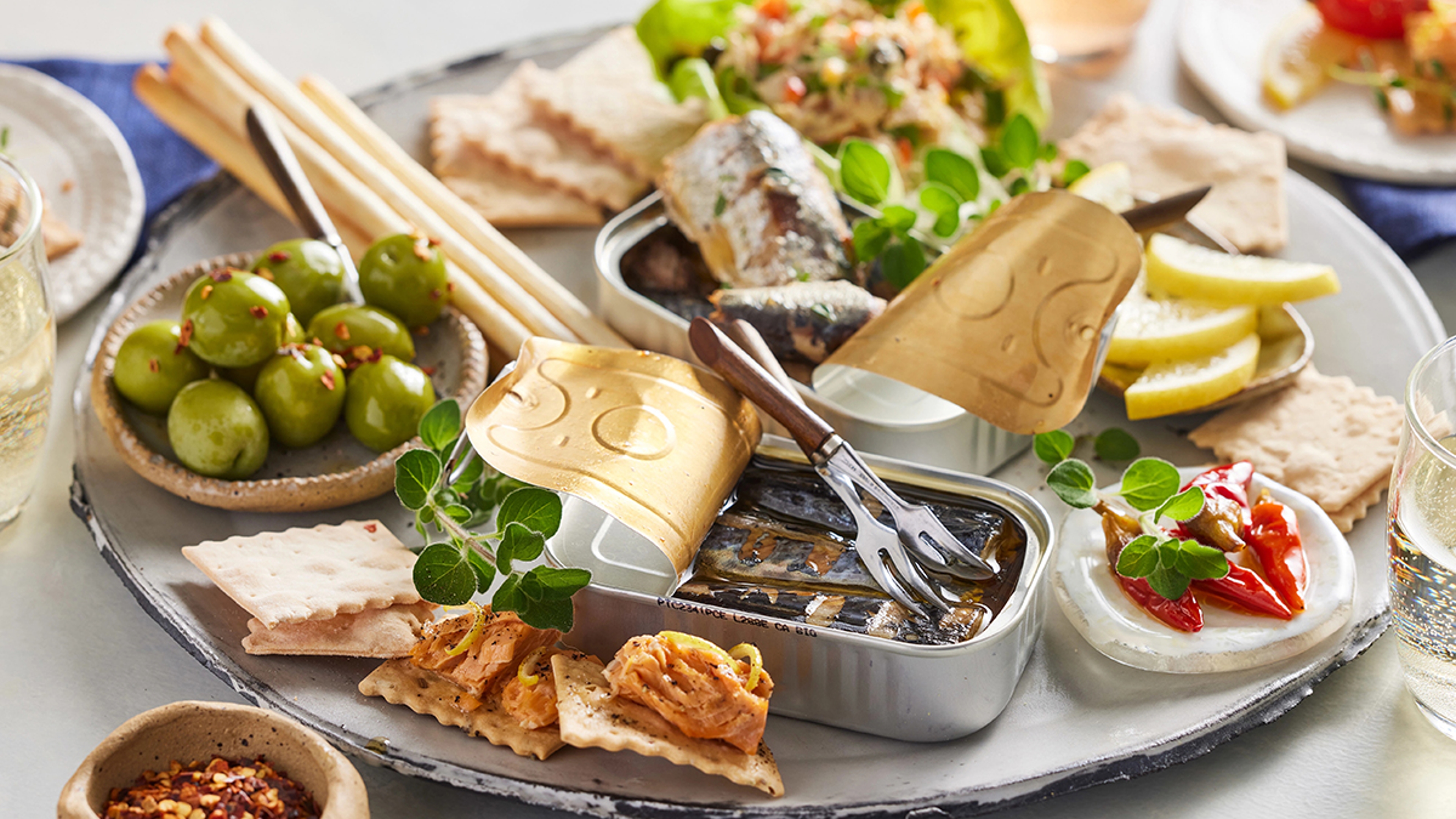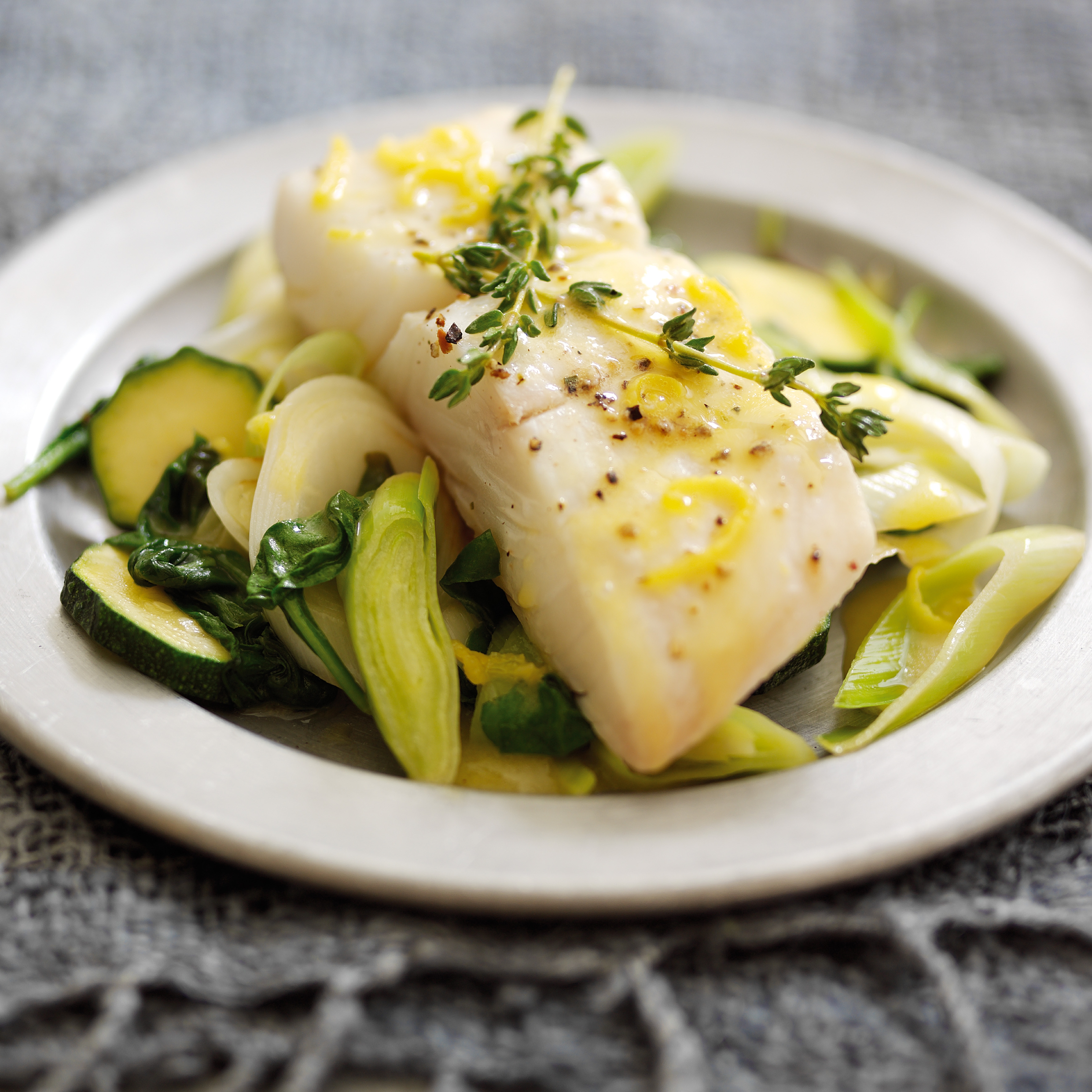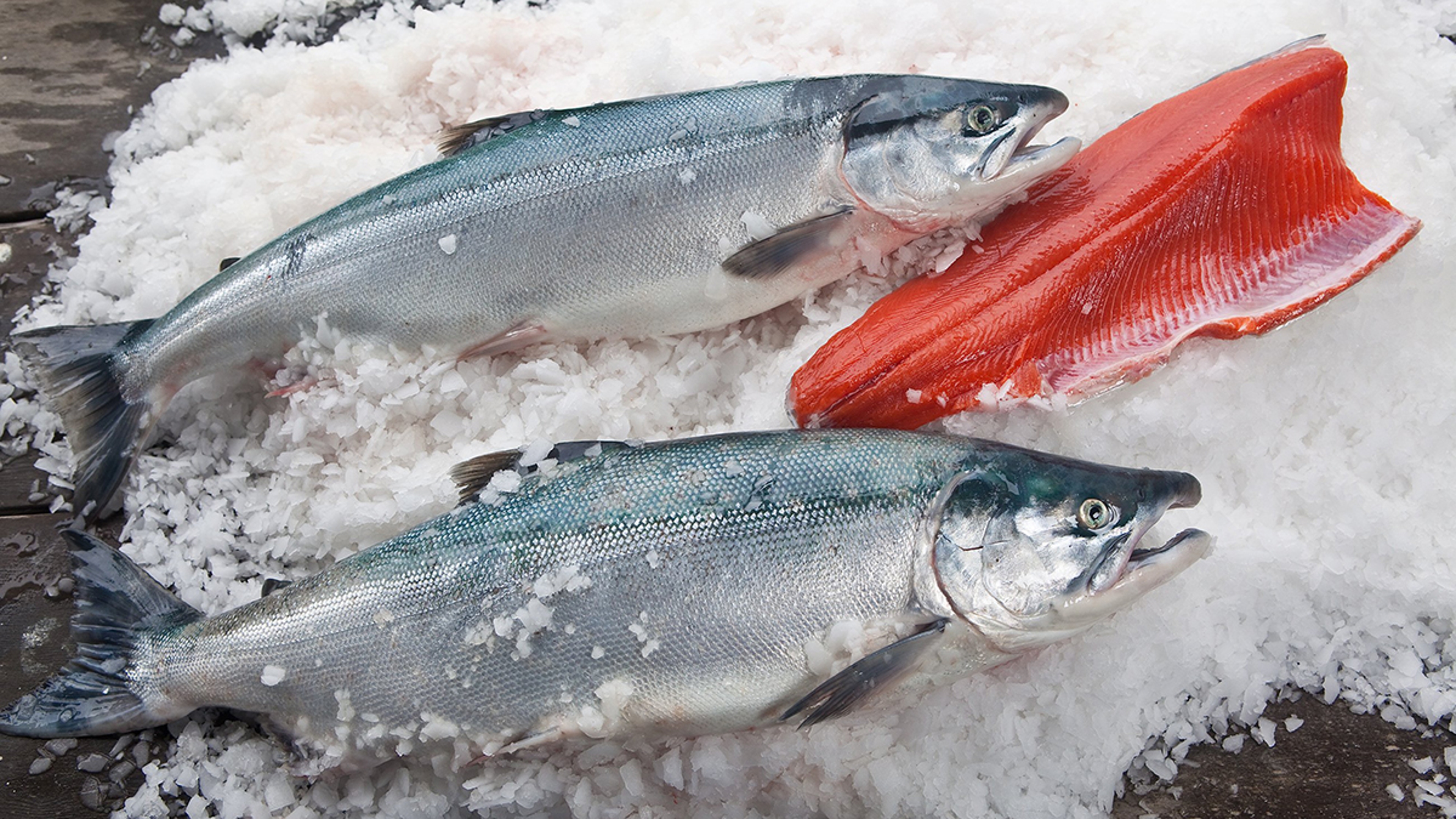February’s Featured Catch: Tinned Fish
Tinned fish pack a protein punch, are ultra-sustainable, and can add variety to your easy weeknight meal plan.
Feb 08, 2025
What comes to mind when you think of tinned fish?
Perhaps it’s the simple, yet underrated tuna fish sandwich. Maybe you’re picturing Tom Hanks eating one. Or some post in your social media feed. Regardless of what you’re envisioning, tinned fish, which is having a moment despite being around for a couple of centuries, is an important part of a healthy diet in many parts of the world. And the fish inside that metal packaging is packed with omega-3 fatty acids and has as much protein, if not higher, than what you’ll find on land.
And the likes of canned salmon, tuna, sardines, and mackerel – all high quality and sustainable – are readily available more than ever in the United States.
Are you curious to know what kind of tinned fish to add to your pantry? Here, we take a closer look at canned sockeye salmon and touch on the health and sustainability of other Vital Choice tinned fish.
READ MORE: How to Stock a Seafood Pantry
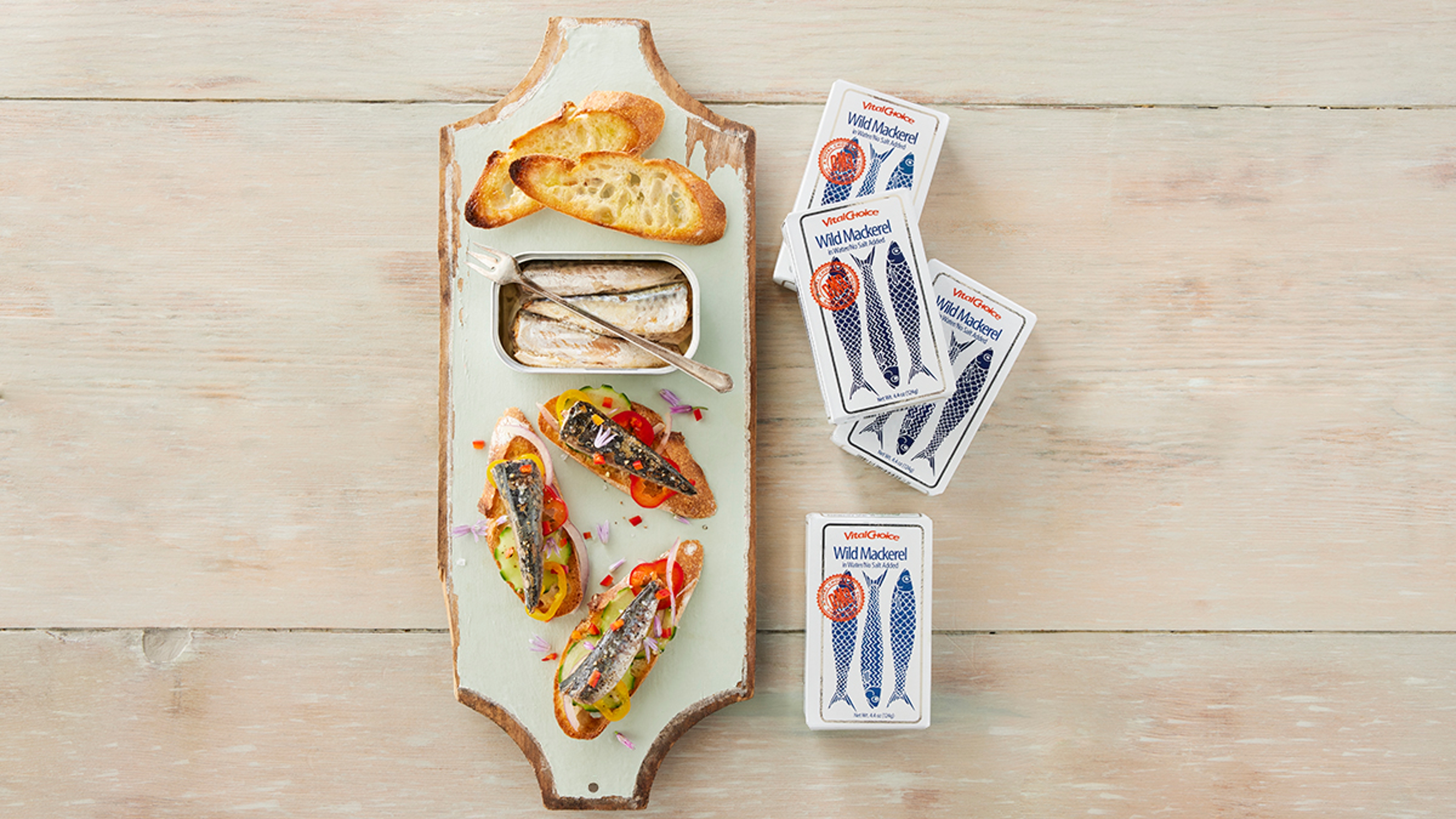
Where does Vital Choice’s tinned fish come from?
Vital Choice sources its wild Alaskan canned sockeye salmon from a company that adheres to guidelines from the Marine Stewardship Council and elsewhere to ensure that the fish are sustainably caught. The company follows science-based harvest targets set by the Alaska Department of Fish and Game to ensure that the fish stocks are respected and works with independent fishermen who catch salmon in gill nets, chill the fish onboard to keep it fresh, and deliver the catch to a facility for canning.
An executive from the processing company says that the high-quality sockeye salmon used in Vital Choice’s canned wild Alaskan sockeye and wild Alaskan smoked sockeye products are fished in the cold, nutrient-rich waters such of Bristol Bay and brought to a facility in Naknek for canning.
The process includes grading the fish and selecting the best quality salmon for canning. The fish is then dressed, or prepared for canning, and fed into automated lines that portion and pack the fish before the cans are sealed and cooked.
While some salmon from other producers are canned from frozen, the sockeye used in Vital Choice’s wild Alaskan sockeye is always locally sourced and canned from fresh, which means a higher quality that stands out from the rest.
Stock your pantry with protein
The beautiful, ruby red color of sockeye and its clean, rich flavor make it a favorite of chefs and home cooks for preparations from a lunch salad to a main course for dinner. Besides being a great meal option when cooked, wild-caught sockeye salmon is also a longtime favorite straight from the can.
Cookbooks featuring tinned fish recipes are popping up on bookshelves, and you may even see dishes, like a “seacuterie” board, featuring sardines and anchovies on menus at your favorite restaurants. Why? People are discovering the benefits of tinned fish, and embracing the ease of use as an ingredient.
Protein is the big draw. A 7.5-ounce can of Vital Choice wild Alaskan sockeye salmon has 18 grams of protein, making it comparable to a serving of chicken or beef. Salmon and other canned and tinned fish are also high in omega-3s, providing a boost to heart health, and other nutrients.
READ MORE: Omega-3s, Explained
Vital Choice proclaims on its packaging: "Mackerel and other fatty fish have long been prized as 'brain food.' Omega-3 fatty acids are vital to optimal brain cell structure and function, as well as supportive of heart, eye, skin, and metabolic health."
One sockeye producer said she has heard of athletes eating it straight from the can for a dose of clean protein to maintain energy.
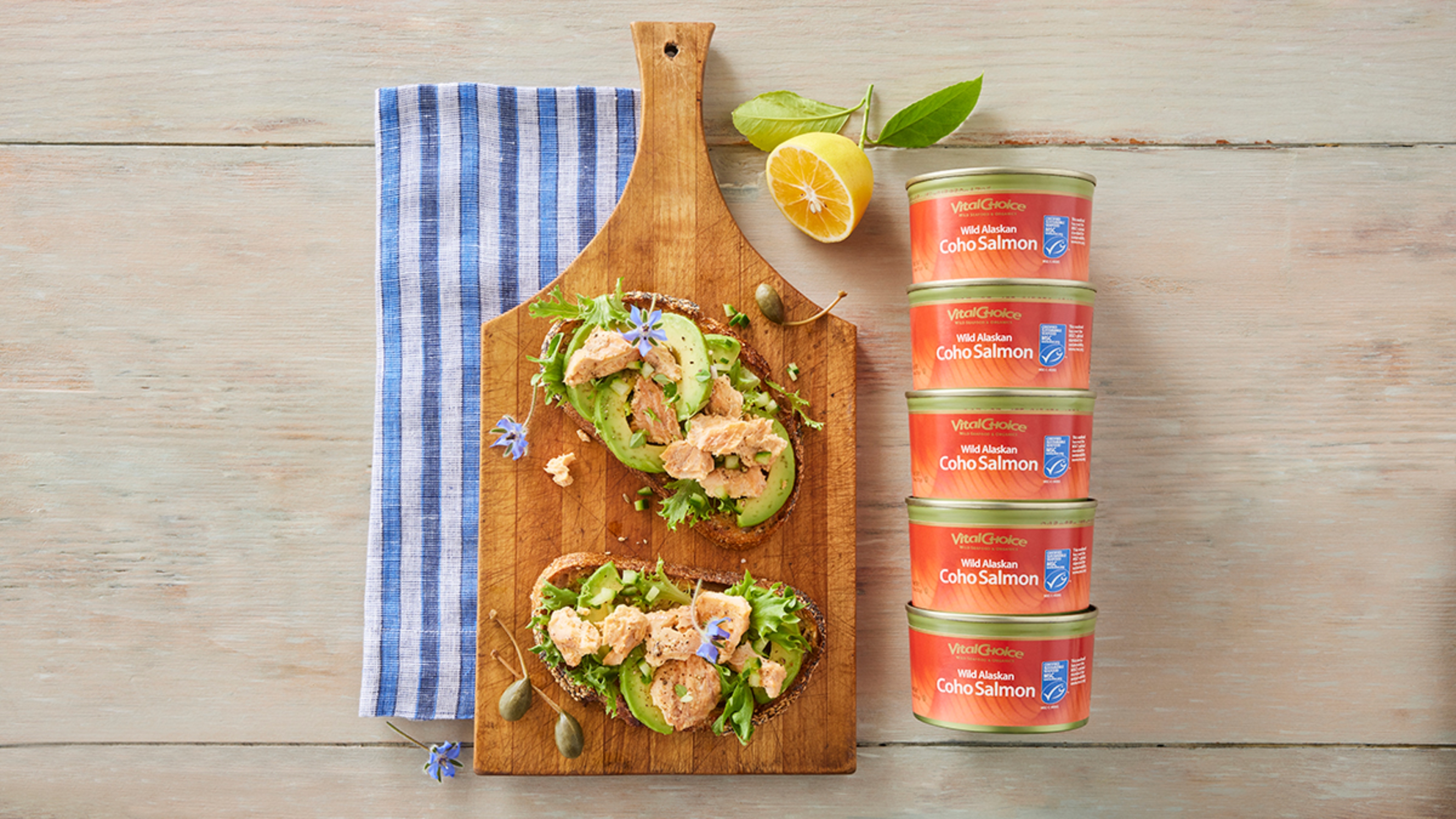
Fish with benefits
Vital Choice’s canned sockeye has a secret ingredient that makes it even more beneficial to your health: The tiny bones mixed in with the salmon are not only edible but also high in calcium.
Along with calcium, canned sockeye’s high vitamin D content makes it an ideal ingredient for your bone health, and to help prevent osteoporosis, a condition that leads to weak and brittle bones.
As if the health benefits weren’t enough, tinned fish from salmon to tuna to sardines are compact, easy to use, and available 24/7 when you keep them in your pantry. High-quality canned salmon and tinned fish last at least three years unopened, making it a perfect ingredient to always have on hand.
Tinned fish on the menu
Chances are you have tried tuna salad, which could be considered the gateway ingredient to tinned fish. And tuna can join salmon, sardines, and mackerel in the healthy option category if eaten without a big dollop of high-fat mayonnaise. Try it fresh out of the can as part of a salad, or with pasta or grains.
The same types of preparations work for most Vital Choice tinned fish. And if you want to try something more complex, look to some classics featuring tinned fish. Pasta con sarde is a famous dish from Sicily featuring sardines and anchovies, along with breadcrumbs, pine nuts, saffron, and raisins. The French favorite tuna Niçoise can be made with high-quality albacore tuna — though swapping it out for salmon is tres magnifigue — along with potatoes, green beans, and hard-boiled eggs. These are just two examples of how creative you can be in the kitchen with tinned fish.
For fans of crab cakes, try substituting canned sockeye salmon as the seafood ingredient with breadcrumbs and seasonings, lightly fried in the pan, and served with dipping sauce and fresh herbs. (Insert chef’s kiss here.)
By all means, get a few cans of tinned fish and experience preserved seafood that can improve your health, sustain our environment, and perhaps best of all, offer convenience and new ideas in the kitchen.

